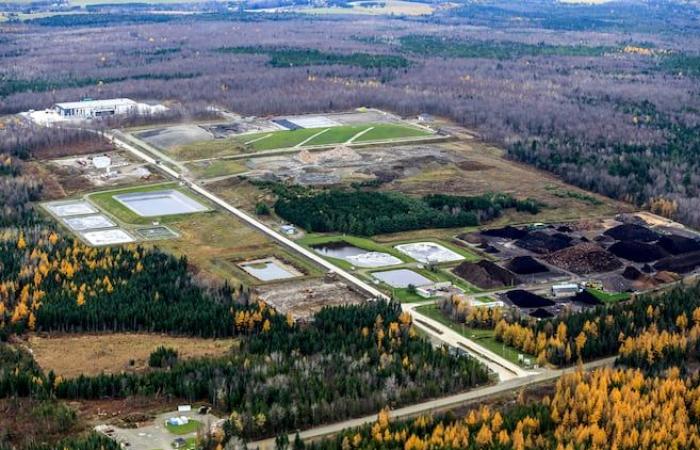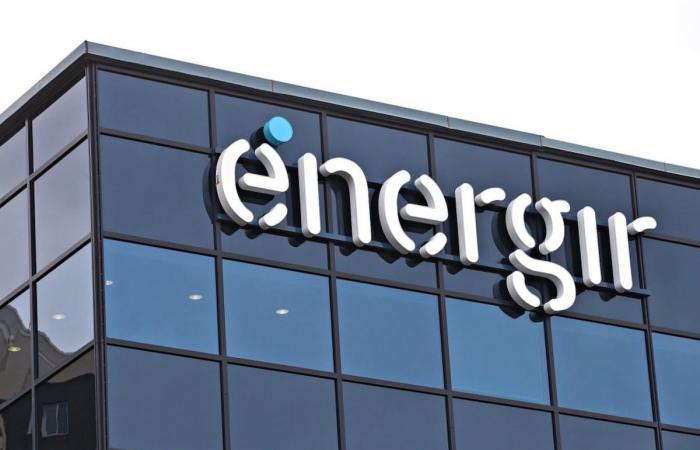The company, which would create a project company under the name GNR Bury, would set up on the Valoris site, which already has space for it.
Carbonaxion has two offices in the province, in Mont-Saint-Hilaire and Shannon.
She conducted a feasibility study to see the potential for valorizing biogas from Valoris, the intermunicipal authority for the valorization of residual materials of Haut-Saint-François and Sherbrooke.
The initiative could generate two million cubic meters of RNG per year.
This would be compressed or liquefied and could be injected into the Énergir network.
As the pipes are far from Bury – there are some seven kilometers away, in East Angus – the GNR would be transported by truck to a station in Saint-Flavien that Énergir wishes to develop. It would be compressed or liquefied.
“It’s too far. We looked at it, but it’s too expensive,” observes Nicole Guay, vice-president of business development at Carbonaxion, regarding the pipes used to transport gas.
Louis Longchamps, director of sustainable development and external relations at Valoris. (Jocelyn Riendeau/Archives La Tribune)
A project in the pipeline
Énergir also submitted an authorization request last June to the Régie de l’énergie in order to “carry out an investment project aimed at the construction of a transported gas reception and injection station (transport by truck ) in Saint-Flavien. Gas injection will come from “producers located far from its network”.
The construction of the Renewable Source Gas (GSR) station is estimated at $17.5 million and the completion period extends until March 2026, depending on demand. A second amended application was submitted to the Régie at the end of October; the file is therefore still being processed.
Saint-Flavien, located near Quebec and Laurier-Station, also emphasizes that it is characterized “by the presence of natural gas on its territory”, “i.e. the largest underground reservoir in Quebec”.
At zero cost
According to Louis Longchamps, director of sustainable development and external relations at Valoris, the project led by Carbonaxion would not entail any cost for the authority. The latter would sell its biogas and receive royalties on those sold to Énergir. “It’s zero risk and zero investment for Valoris,” argues Mr. Longchamps.
Énergir wishes to build a transported gas reception and injection station (transport by truck) in Saint-Flavien. (Patrick Sansfaçon/Archives La Presse)
For its part, Énergir declined our interview request, indicating that it was not involved in the Estrie project at this stage. On its site, it describes itself as “the largest distributor of natural gas in Quebec”.
“Énergir lets us move forward in our efforts. Then, we sit down with her to make agreements,” specifies Ms. Guay. “When we have the go official, we are going to start discussions with Énergir.”
The Carbonaxion installation fits with Valoris’ vision of an eco-industrial park.
Carbonaxion will also have to find the financing necessary for the project. The latter could oscillate around $25 million according to a summary assessment and in today’s dollars, specifies Ms. Guay when asked to quantify an order of magnitude.
Several steps are planned, including the signing of an agreement with Valoris which could materialize at the start of 2025.
The company will handle financing and construction. “We will have to find the necessary financing. It’s still a bit far in the stages. There are still many things to do before even looking at financing,” notes Ms. Guay.
If the project moves forward, public consultations will be held, we assure. The project will also have to obtain certain authorizations.
If it goes ahead, the start of work will not take place before 2026, with a start in 2027.
Carbonaxion also has a similar project in the works in Neuville, near Quebec.







